Arts and crafts in Uzbekistan
Decorative and applied art of Uzbekistan is an original and exclusive work of folk craftsmen, artisans, who transfer their skills from generation to generation. By investing a piece of soul in everything, over the centuries they have created unique patterns of products: whether it’s utensils for the home or decoration of the home, a unique fabric for a festive dress or special dishes.
The creations of Ferghana, Samarkand, Bukhara, Khiva and other masters have long been famous far beyond the borders of their homeland and continue to cause interest among lovers of beauty from around the world. A variety of schools for embroidering Suzani and ceramics, skullcaps of various types and purposes, national Pichak knives for every occasion, silk and wool carpets, silk and embossing are wonderful works that have been created by the hands of local craftsmen for many centuries have been a unique exotic of Uzbekistan.
On the territory of Uzbekistan for centuries, peculiar centers and schools of folk art crafts have been formed. Each region has its own direction. Namangan’s Chust is widely known for its skullcaps and knives, Ferghana’s Rishtan for azure ceramics, ancient Margilan for iridescent silk, and sacred Bukhara for gold embroidery.
Decorative and applied art of Uzbekistan has developed from century to century, leaving a legacy of unique products of famous and nameless masters, striking in the richness of artistic imagination and perfect forms.
The best souvenirs of Uzbekistan
TASHKENT
• Dried fruits, seeds, nuts and local sweets
In any market of Tashkent, as well as in any souvenir shop or supermarket, you can buy pistachios, walnuts, peanuts, apricot kernels, sesame seeds in sweet syrup. Several types of almonds – in sesame, salted, in sugar glaze. Local dried fruits – dried apricots, figs, prunes, raisins can be bought in gift sets. By season, you can find dried pears and peaches. But it is better to collect by weight in the markets or in souvenir shops. These are real oriental sweets. A delicious gift in some places on the market can be beautifully packaged. You can buy at one of the oldest bazaars in Tashkent – Alaysky.
• skullcaps
“Shoblush” skullcaps are popular in Tashkent. These are men’s hats made of cotton fabric with a special lining, which can be sewn either manually or on a machine.
• Clothing made from traditional materials from local designers
Modern designers create very beautiful images using national Uzbek fabrics such as ikat, bahmal, bekasam, satin and others.
• Wood carvings
Since ancient times, Tashkent was famous for its craftsmen, but the art school was formed only in the middle of the XIX, beginning of the XX century. Carved wardrobes, cupboards, tables, chairs, are firmly in the everyday life of Tashkent citizens, stylized “oriental” multifaceted tables with a delicate arabesque ornament are very popular.


SAMARKAND
• Bark paper at the “Meros” factory
Today, in the village of Konigil near Samarkand, there is a paper factory “Meros”, the founders of which are famous masters, the brothers Mukhtarovs. Thanks to their efforts, the ancient tradition of making paper using ancient Samarkand technologies was revived at the local factory. It is interesting that all production is done manually and each guest of the factory can personally observe the production of paper.
• Silk rugs
The art of weaving silk carpets is one of the most ancient arts in our country. In Bukhara, Samarkand, Khiva, you can see many beautiful silk carpets, hand-made by Uzbek craftsmen.
Most of the work is done by girls. They dye the threads, then dry them and begin the main work. Making silk carpets is a laborious job. It can take from 1 to 6 months, and sometimes more than a year. It depends on the size and complexity of the carpet pattern.
Having been in Samarkand, it is worth visiting the “Samarkand Bukhara Silk Carpets” silk carpet factory, which is also known as Khujum due to its location on Khujumskaya Street. Here you can observe directly the process of carpet manufacturing itself, see unique samples of carpet products and, of course, order one of them.
• Dried fruits, seeds, nuts and local sweets
Today, like many years ago, the Siab market does not leave indifferent either visitors or the indigenous inhabitants of Samarkand. In this bazaar, as in many other bazaars, you can see colorful fruits, berries, vegetables, melons and grains, as well as dried fruits, a variety of seeds and lots of sweets.
• Wine
Samarkand is famous all over the world for the production of different varieties of wines that do not leave anyone indifferent. These wines have a special taste, smell and have a lot of fans not only in Samarkand, but also outside the country. There are several wine factories in Samarkand.
• Clothing from local designers
As in Tashkent, Samarkand is famous for its designers with outstanding talent and craftsmanship in the manufacture of national clothes.

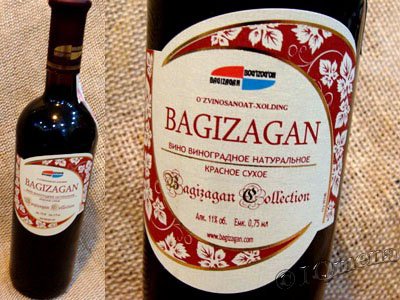
BUKHARA
• Suzani
Suzani (from Persian – “embroidered with a needle”) is a wall-mounted carpet of extraordinary beauty, embroidered on silk, velvet or a cotton cloth. The Bukhara school of embroidery has other features. The tambour seam with which most products are made is its distinguishing feature.
• Ceramics
Bukhara is rightly called a ceramic paradise. Traditionally, Gijduvan and Bukhara ceramics are inherent in Bukhara. And yet, there are works of Khorezm masters.
• Bird scissors
Scissors in the form of birds, most often in the form of a stork gracefully arched neck, in the distant past used exclusively for medical purposes, namely for cutting the umbilical cord during childbirth. You can find such a beautiful thing in the city of Bukhara.
• Silk and wool carpets
Bukhara is also famous for its carpets made of silk and wool. Real silk and wool carpets can live for several centuries. Their colors do not fade, but become brighter, and the matte luster acquires a golden hue over time.
• Wood carvings
In traditional architecture and everyday life of the peoples of Uzbekistan since ancient times, carved wood was very popular. In architecture, it was used as important architectural details and structures, such as columns, cornices, doors, ceilings, grilles. The use of carved wood in everyday life, or as it is also called household carving, absorbed an extensive range of objects from furniture to small household utensils. Tables, stools, chests, cabinets, caskets, wide wooden beds, cradles were decorated with carvings.
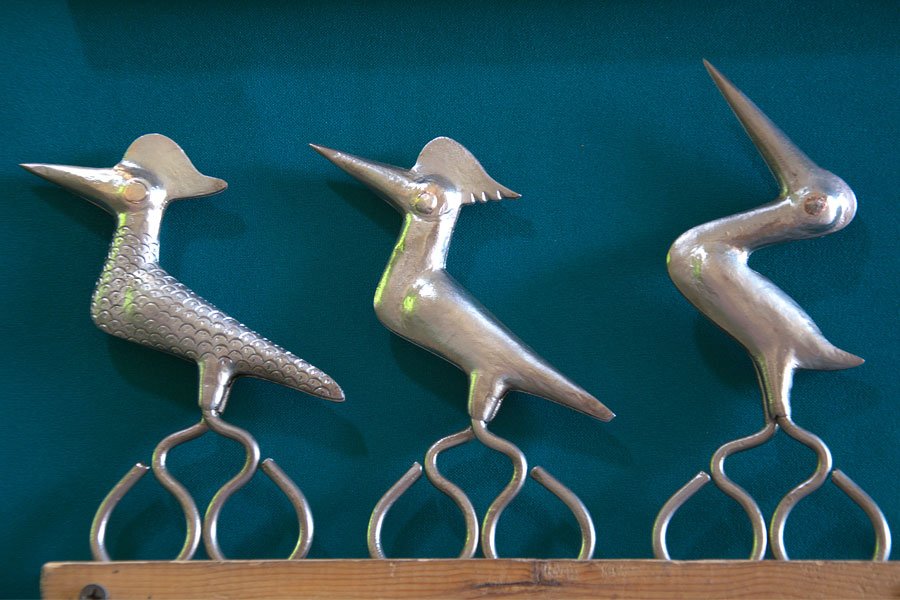

KHIVA
• Socks made of camel wool
From Khiva, as a gift, you can take away very warm and inexpensive socks made of camel wool.
• Wood carvings
Wood carving is also famous in Khiva, carving decorated sliding book holders, pencil cases, book bindings, ink devices, chess, hairbrushes, musical instruments, stamps for drawing patterns on fabric, as well as arbs (original carts on two high wheels), saddles for riding, palanquins.
• Woolen Carpets
Due to the fact that Khiva is famous for woolen goods, wool carpets are also famous among souvenirs of the city. They are distinguished by their special quality and unusual patterns.
• Chugurma – handmade hats
Chugurma is the national headdress of the Khorezm people, whose appearance dates back to the ancient period, the times of the emergence of Uzbek statehood. Chugurma has many advantages. Under such a seemingly heavy, but actually light hat, a special microclimate is created. This ancient and one-of-a-kind headdress saves in the summer from overheating in the sun, and in winter serves as protection from the cold. The fur of the karakul was a symbol of belonging to a high secular or spiritual order.
• Ceramic figurines
Funny bright ceramic figurines – crafty old elders-elders, friendly teahouses, Hodja Nasreddin on a donkey, whistle toys in the form of fantastic animals, camels, horses, dragons depicting the traditional everyday life of the Uzbek people – all this you can find in Khiva.
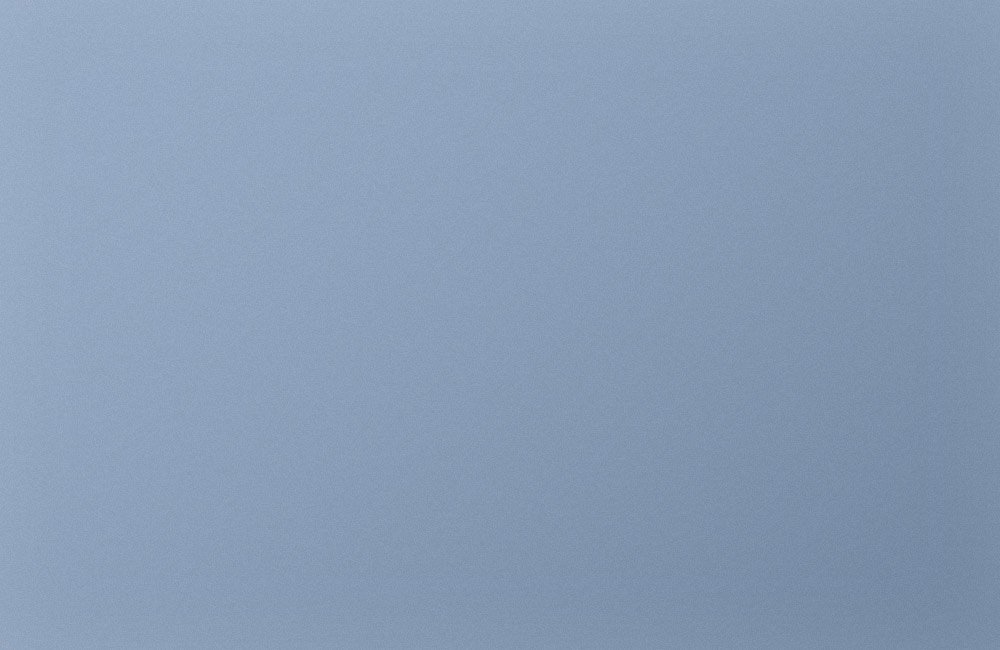
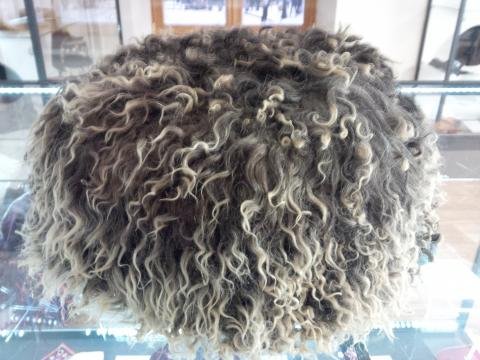
FERGANA VALLEY
• Blue ceramics – a symbol of the Rishtan school of ceramists
Rishtan is a city in the Ferghana region of Uzbekistan, located between Kokand and Ferghana. Ceramics and dishes from Rishtan are the most popular in Uzbekistan. Local ceramics are distinguished by their shapes, ornaments and colors. Rishtan clay products in coloring are characterized by the use of turquoise, dark blue and brown colors on a milky white background.
• Silk handicrafts
In the Ferghana Valley, at the dawn of the first millennium, the production of magnificent silk products, which were brought from China, was mastered. But by the 7-8 centuries, silkworm breeding could be mastered here, and the city of Margilan became the “silk” capital of the entire Central Asian region. The best silk products were transported along the Great Silk Road to many countries, including European ones.
• Chust knives
The traditional souvenir of Uzbekistan is a little knife, which has a peculiar shape of the blade and handle. The most famous are the knives of the masters from Chust. Light and graceful, they have a curved up end of the blade and a slightly lowered handle. The dark steel of the blade rings with a light blow, and the sheath is decorated with a cloud-like pattern. The inscription engraved on the blade under the Arabic script: “Estalik Uchun Chustdan” – as a keepsake from Chust.

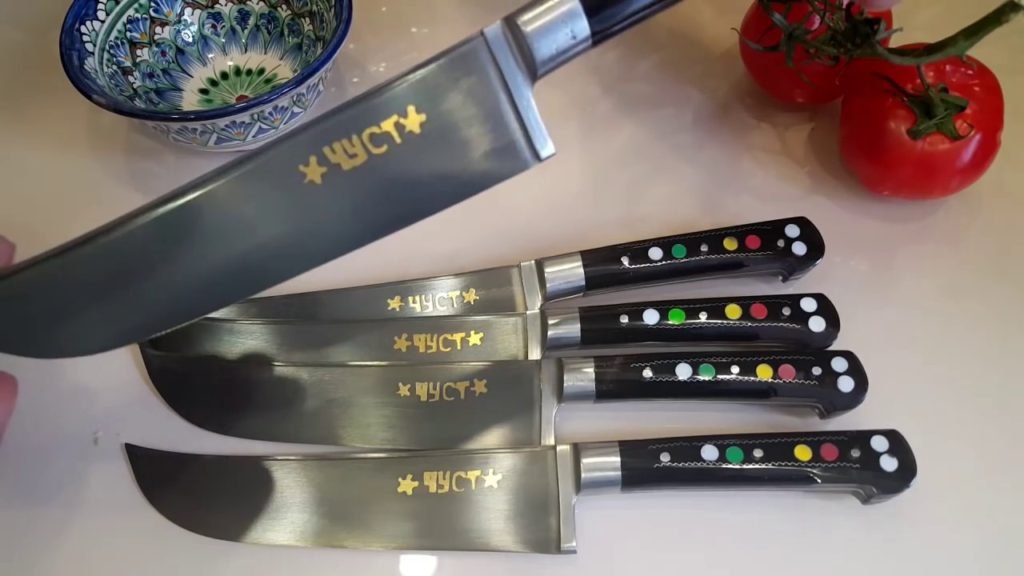
MARGILAN
• Silk fabric “Ikat”
• Silk products
The city of Margilan among all cities of Uzbekistan is famous not only for its monuments of architecture, but also for its wonderful silks and products from them. It is here that the silk-weaving factory called “Yodgorlik” is located, which has become famous throughout the world for its khan-atlas and other materials.


